Prepping is more than stockpiling or having your BOB ready (though these are two important aspects), it’s a frame of mind more than anything else.
So if your New Year’s resolution was to start prepping, or learn an aspect of preparedness that you’ve never tried before, we have a list of beginner’s guides that will help you with your task.
And while you’re at it, let us know what are your resolutions or what do you want to learn this year, in the comments section below.
1. How to Ditch the City and Start a Farm
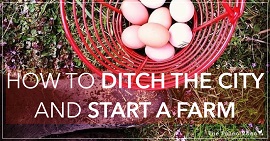
However there always was this itch and this itch just started to grow and grow. It would be in small ways at first…like me traveling hours to visit small farms to let my kids play with the animals or to pick blueberries.”
Read more on The Paleo Mama.
2. Build a Bug Out Bag for Beginners: How Much Food Should You Pack?
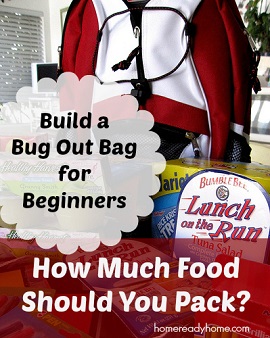
It sure surprised me. Food was the first thing I packed in my family’s bug out bags (or BOBs for short).
Experts can’t say exactly how long humans can live without food, but the general consensus is 3 or 4 weeks. So, if BOBs are evacuation kits meant to hold you over for 72 hours until you can get to a safe location, then technically, you don’t need to pack any food at all.”
Read more on Home Ready Home.
3. Become More Self-Reliant – Start Here
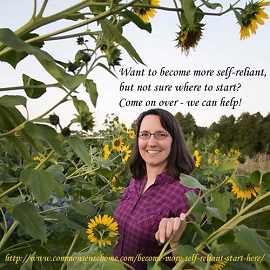
I am tired of big corporations and big government dictating my health and food choices. I believe we need, as a country, as communities and as individuals to develop our own resources, not be dependent on some foreign power that may pull the plug at any time.”
Read more on Common Sense Home.
4. 3 Composting Techniques Everyone Should Know
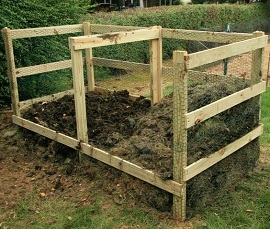
Hot Composting – Open Bins
Hot composting is the most intensive method, but also the fastest way to get finished compost. It involves building compost piles that have a balance of green material (nitrogen), oxygen, water and brown material.”
Read more on The Garden Love.
5. Passive solar for beginners
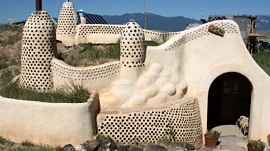
My home here in Colorado is located on the north facing side of a mountain. We have some pretty sweet views of more mountains and the Continental Divide to the west and north of us, but not much potential for passive solar heating.”
Read more on Fox News.
6. A Woman’s Guide to Chopping Wood
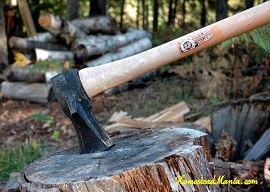
Wood stove heat produces a wonderful cozy feeling and doesn’t cause stale dry air to get blown around like a forced-air furnace does. Not to mention, I got all the wood for free (money-free that is, I collected it myself in the woods – paid in sweat).”
Read more on Homestead Mania.
7. Rocket Stove for Beginners
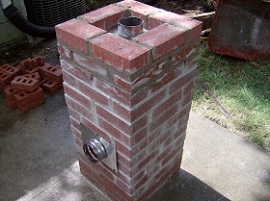
After researching all three and taking an earth oven building workshop, I decided the rocket stove would be the easiest place to start. The earth oven required a large base and I wasn’t sure of the quality of our local clay. The masonry oven involves a lot of brick work and I had never held a trowel before so I chose the simpler rocket stove.”
Read more on New Found Traditions.
8. Survival Food List – A Beginner’s Shopping List to Store 30 Days of Food
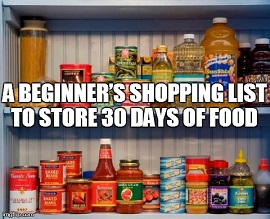
A lot of new preppers look at those big cases of Mountain House or Wise food and think that this is the best way to store food. Although prepared foods like this absolutely have a place in your overall food storage, you should not be relying completely on these foods to make up your entire stockpile.”
Read more on Ready 4 It All.
9. Essential Outdoor Cookware That Beginner Campers Should Pack
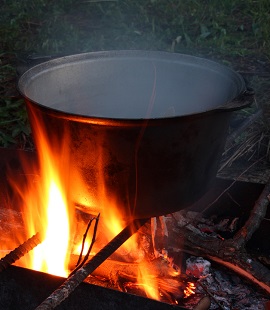
That way, you won’t forget the essentials (like matches, a can opener, and a pot to boil water), as well as those critical items that make brisk, early mornings infinitely more bearable (like a coffee percolator). Once you’ve looked through our suggestions, print out our checklist to make sure you pack properly.”
Read more on Pop Sugar.
10. Reloading: A Complete Beginner’s Guide to Handloading for your Rifle

Skip to points if you don’t want to sit through the whole video:
Intro: 0.00
Reloading Presses: 0:58
What happens when a cartridge is fired: 1:25
Why Handload?: 2:35
Reloading Dies: 4:51
Lubricating Cases: 10:12
A few basic case prep tools: 11:35
Calipers and Scales: 13:49”
Read more on Prep For SHTF.
This article has been written by Brenda E. Walsh for Survivopedia.




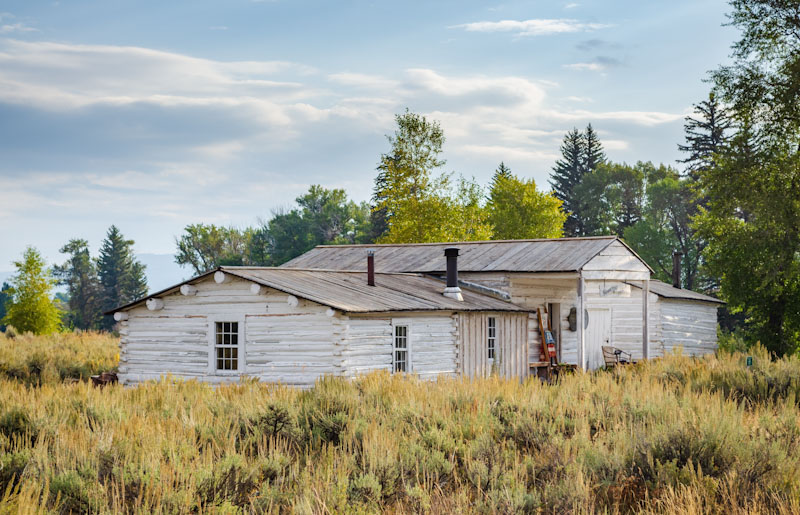

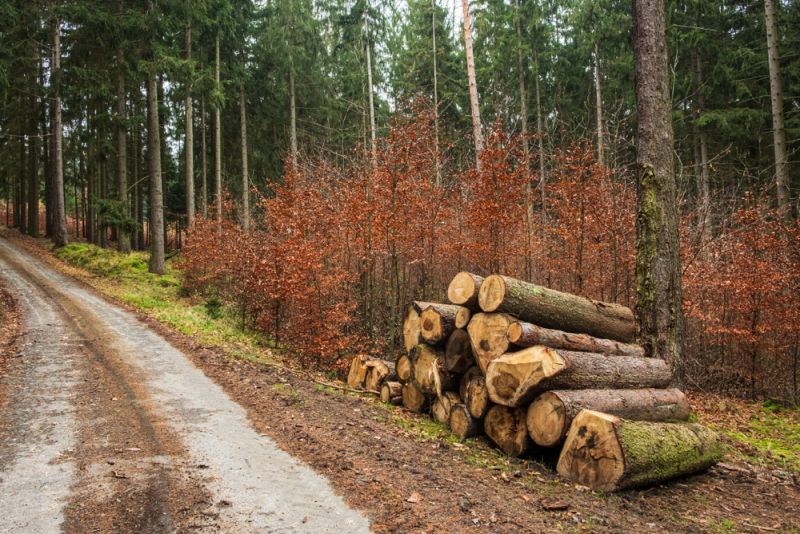
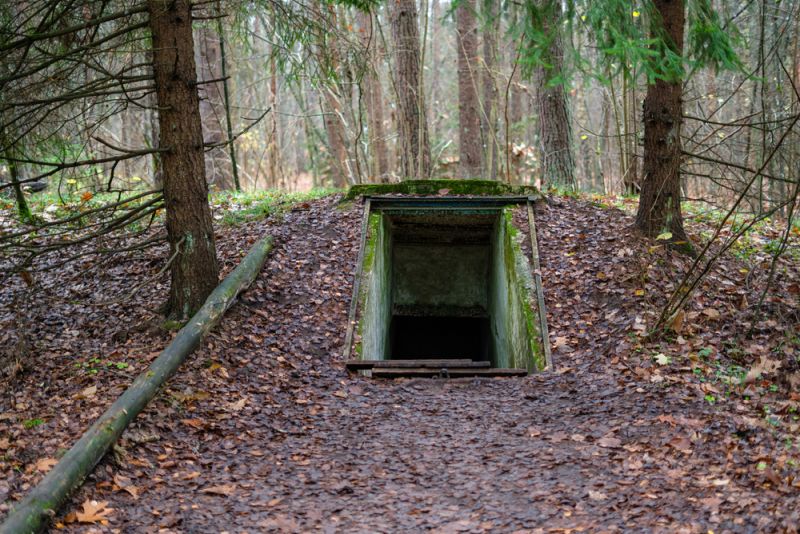

Pingback:New Year Prep Blog Review | Survivalist Basics | Be Prepared For Anything! | January 3, 2015
|
Edith | January 3, 2015
|
Magnificent article that everyone should read if they’re not already prepared for whatever comes their way. Hopefully, you’ve helped a lot of people with these beginner steps. Thanks!
Latest Survival | February 9, 2015
|
Amazing post. This will help beginners run through the basic steps of preparing for survival situations!